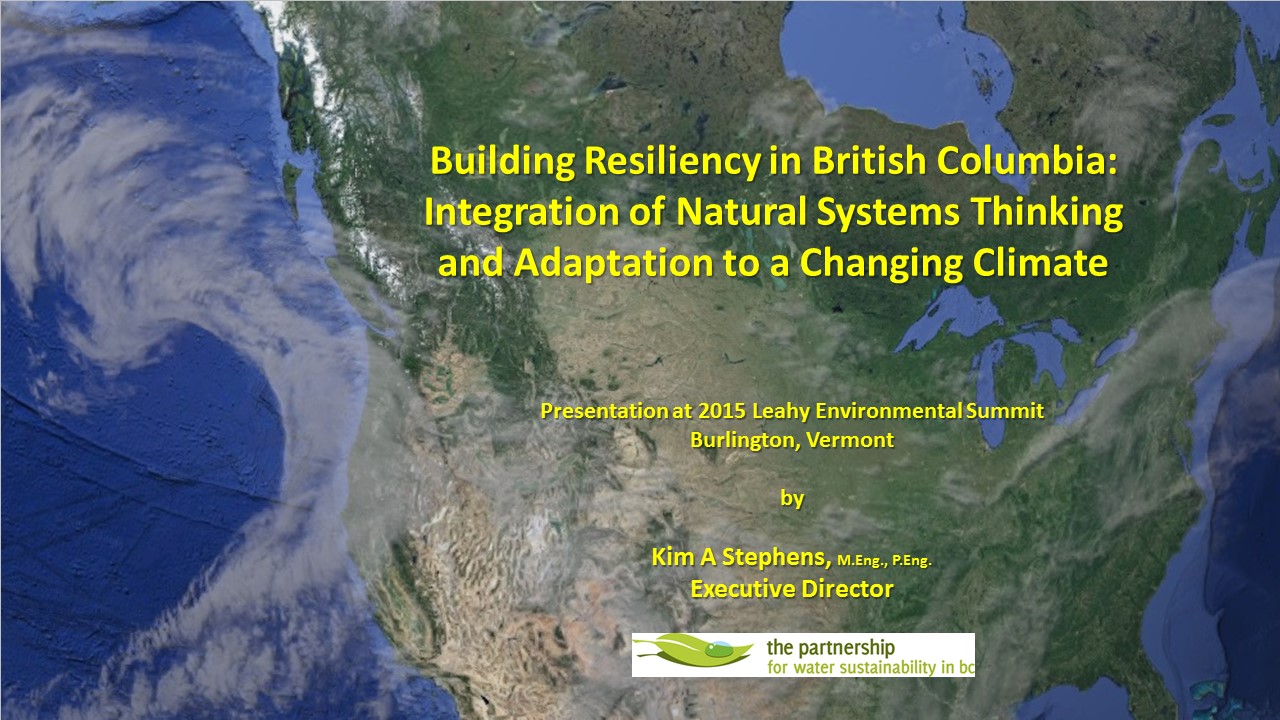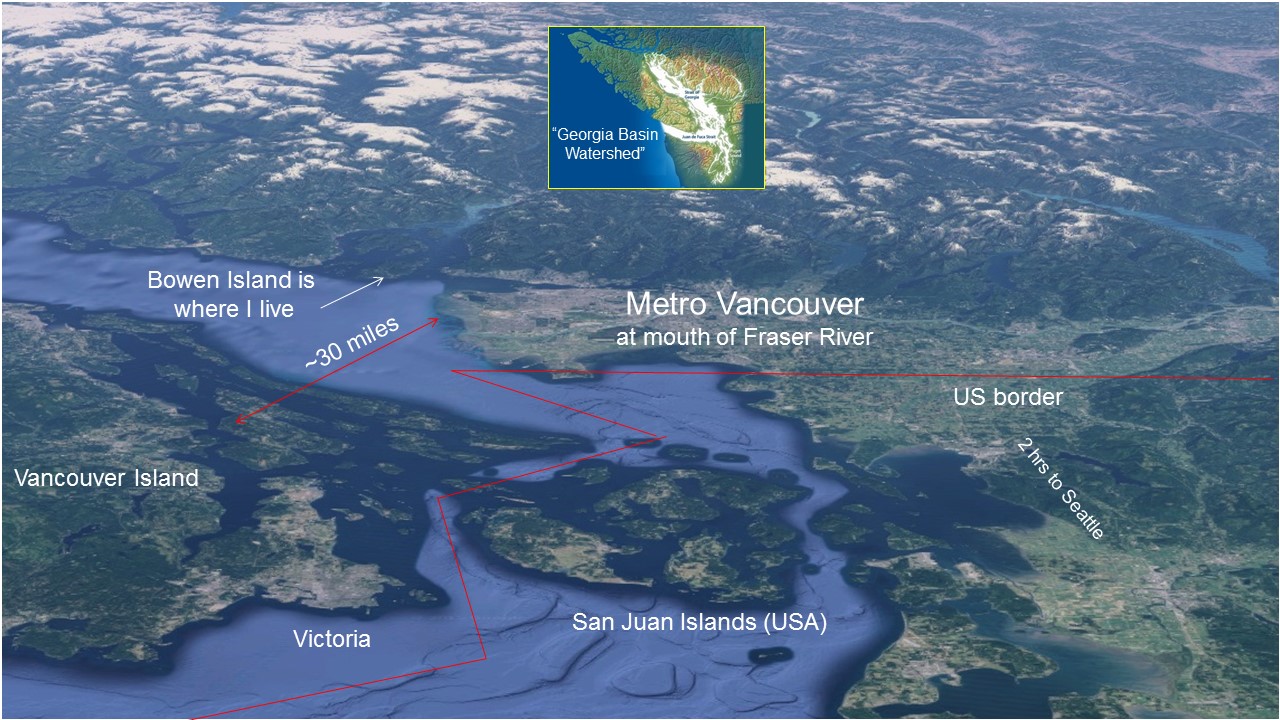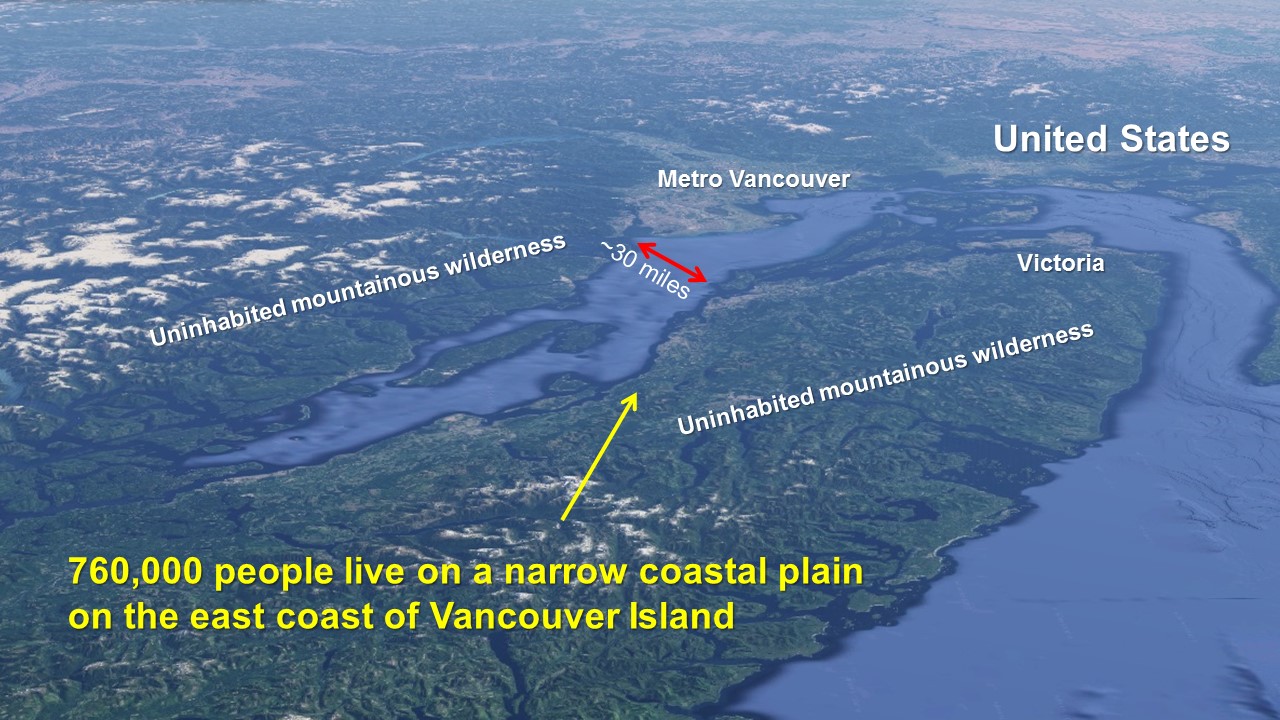Convening for Action at 2015 Leahy Environmental Summit: Kim Stephens provided ‘inspirational remarks’ about British Columbia experience in applying natural systems thinking
Senator Leahy’s Vision: Climate Change Resilient, Floodwater Smart
In March 2015, United States Senator Patrick Leahy sponsored the 2nd biennial Leahy Environmental Summit in Burlington, Vermont. Senator Leahy is the longest serving member (40 years) and dean of the United States Senate. His vision for this ‘convening for action’ event is that it would inspire social and structural resiliency for flooding and stormwater issues related to climate change. Senator Leahy invited Kim Stephens to provide Inspirational Remarks.
 “The design of this Summit was not a typical conference; rather, it was a dynamic, interactive working session. Summit groups, comprised of diverse stakeholders, where all voices across the community are represented, began to design and prototype some of the projects and transform their ideas into realities,” summarized Stephen Perkins, Director of Development and Community Relations at the Leahy Center for Lake Champlain. He was responsible for organizing the Summit.
“The design of this Summit was not a typical conference; rather, it was a dynamic, interactive working session. Summit groups, comprised of diverse stakeholders, where all voices across the community are represented, began to design and prototype some of the projects and transform their ideas into realities,” summarized Stephen Perkins, Director of Development and Community Relations at the Leahy Center for Lake Champlain. He was responsible for organizing the Summit.
True Innovation Happens When….
“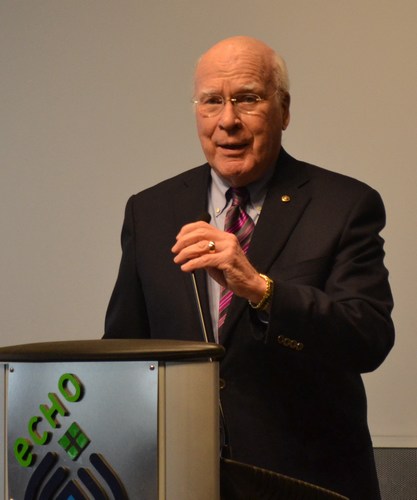 The Climate Change Resilient, Floodwater Smart initiative is based on a simple notion that when it comes to enterprise innovation and integration, there is nothing that brings out the best in human systems, faster, more consistently, and more effectively, than the power of ‘the whole’,” stated Senator Patrick Leahy. “True innovation happens when strong multi-disciplinary groups come together, build a collaborative interchange, and explore their different points of strength.”
The Climate Change Resilient, Floodwater Smart initiative is based on a simple notion that when it comes to enterprise innovation and integration, there is nothing that brings out the best in human systems, faster, more consistently, and more effectively, than the power of ‘the whole’,” stated Senator Patrick Leahy. “True innovation happens when strong multi-disciplinary groups come together, build a collaborative interchange, and explore their different points of strength.”
“As a leader in his field, I invited Kim Stephens to participate in the Summit and share the British Columbia experience. We seek to inspire new behaviours – both individually and collectively – that will result in a floodwater smart citizenry and a more climate change resilient infrastructure across Vermont and the Lake Champlain watershed. When we looked around North America to see who is doing what, British Columbia stood out as a leader by example. For this reason, it meant a great deal to me when Kim agreed to provide inspirational remarks at the Summit.”
Our Climate is Changing: Building Resiliency in British Columbia
Senator Leahy invited invited Kim Stephens to provide ‘inspirational remarks’ about British Columbia experience in leading and managing change via inter-regional collaboration.
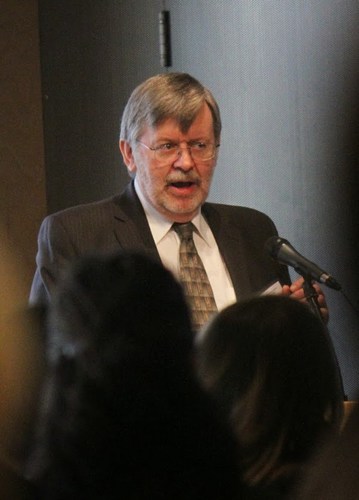 “It was an honour to be invited to Vermont by the Senator and his Environmental Summit team to participate in this transformational process,” stated Kim Stephens in his opening comments. He is the Executive Director of the Partnership for Water Sustainability in British Columbia.
“It was an honour to be invited to Vermont by the Senator and his Environmental Summit team to participate in this transformational process,” stated Kim Stephens in his opening comments. He is the Executive Director of the Partnership for Water Sustainability in British Columbia.
“I appreciated the opportunity to observe history in the making, because that is what I believe it will prove to be. Speaking from experience, I predict that a decade from now the Summit team will be celebrating this milestone event and what it set in motion.”
Impact of a “Teachable Year”
“There are parallels between Vermont and Vancouver Island. Both are desirable places to live, with a strong connection to nature and a strong sense of identity. The populations are comparable – 760,000 on Vancouver Island versus 640,000 in Vermont. The land areas are also comparable – Vermont is 9600 square miles whereas Vancouver Island is 12,000. Finally, the largest cities are Saanich on Vancouver Island which has a population of 110,000; and Burlington in Vermont with a population of 42,000.”
“As I reflect on what I have learned about Vermont, it strikes me that the main reason that British Columbia is about a decade ahead of Vermont (in terms of responding to a changing climate) is that our ‘teachable year’ occurred in 2003 whereas 2011 was Vermont’s teachable year, highlighted by Hurricane Irene.”
“In British Columbia, it is rare that we have multiple extreme events in the same year. For this reason, the year 2003 really stands out. We had drought and forest fires in the middle part of the year, and floods in the final months. And pine beetle infestation was an emerging crisis,” states Kim Stephens.
“In the summer of 2003, the Okanagan Valley was on fire and the City of Kelowna was under siege. In November, the South Coast experienced the biggest rainstorm in a century. The combination of events got the attention of the public. People were worried. There was a heightened awareness that something was not right; and Mother Nature was sending us a message.”
Success will follow when…..
In his presentation, Kim Stephens distilled lessons learned from British Columbia demonstration applications into a set of guiding principles. The Partnership for Water Sustainability has developed these principles from its “convening for action” experience. The principles provide the framework for an educational approach.
To Learn More:
To download a PowerPoint version of the “inspirational remarks” by Kim Stephens, click on Building Resiliency in British Columbia: Integration of Natural Systems Thinking and Adaptation to a Changing Climate.



